
CHIDANAND ULLAGADDi
@chidu_ullagaddi
Plant Breeder 🌱🌽// CORN, SORGHUM and other crops. //Quantitative Genetics 📚// Research Technologist-University of Nebraska Lincoln. @SchnableLab
ID: 1604206956318666753
17-12-2022 20:08:56
263 Tweet
272 Followers
782 Following


Congratulations to Nebraska Biochem's Edgar Cahoon, who has been named a fellow of the prestigious National Academy of Inventors (National Academy of Inventors). Details: go.unl.edu/i5na #Nebraska #UNL #LNK Institute of Agriculture and Natural Resources Nebraska CAS Nebraska Research
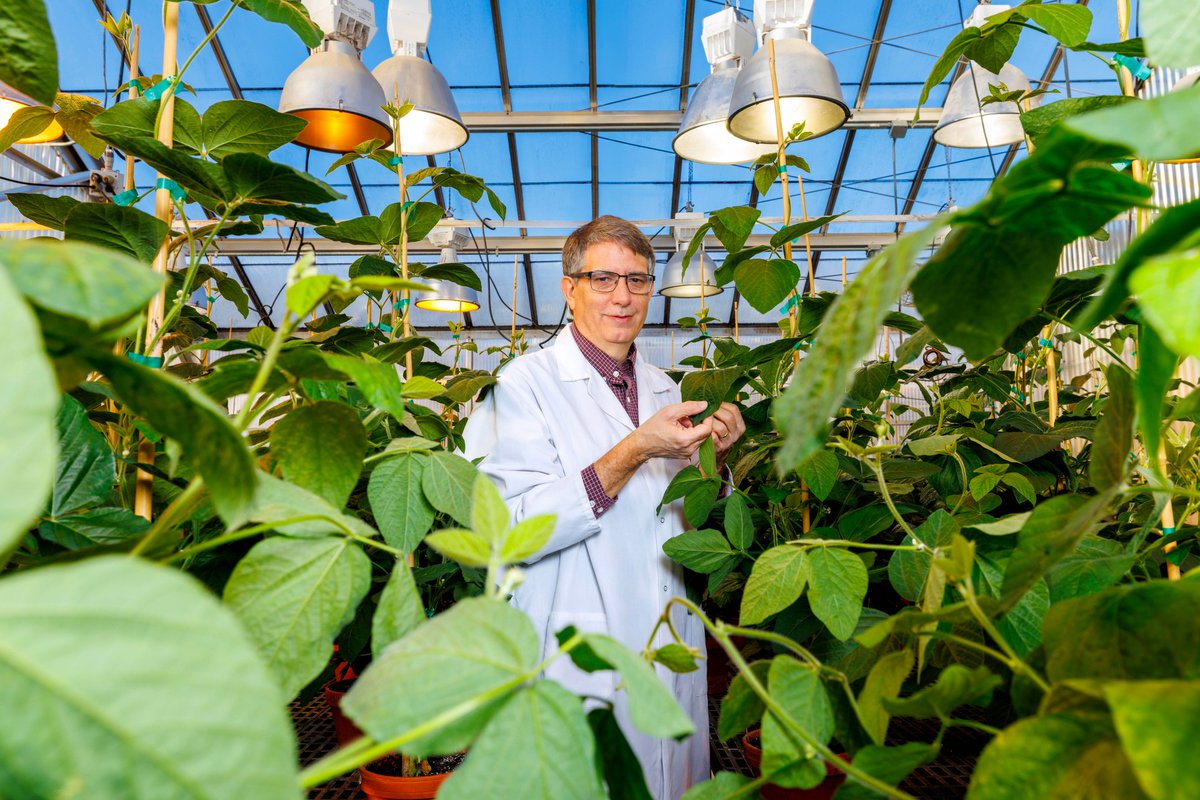
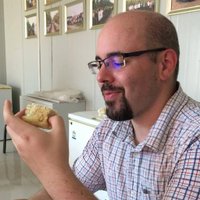



It takes experiments in many places to understand corn. But distant experiments usually get less attention. That’s why I’m excited about satellites. @NikeeShrestha2 lead this AIIRA - AI Institute for Resilient Agriculture project to phenotype individual corn hybrid yield plots at 5 sites spanning 725 miles (1,200 km).


SchnableField, Jonathan Turkus, Lina López C, Kyle Linders, CHIDANAND ULLAGADDi, Dipak Santra, Pat Schnable, James Schnable, and many, many more people combined to take on the big task of collecting 18 traits data from 6,000+ maize field plots across 700+ miles in Iowa and Nebraska 2/6
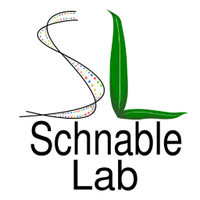
Waqar Ali (Waqar Ali) and Caner Yavuz (Caner Yavuz) representing our lab at the Nebraska Plant Science Symposium (photos by Nikee Shrestha).


The 4 PhDs I mentor presenting at #MGC2025. Waqar Ali Genes controlling yield components Harshita Diverse transcriptional responses to low nitrogen. Nikee Shrestha Plants prefer exons be divisible by 3. Jensina Davis Linking gene expression and phenotypic plasticity.



James Schnable I sincerely hope that 2/3 hands would be raised for you in coming years..!! Please keep on doing it prof…!!



Did you know corn actually used two different C4 metabolitic pathways? Truyen Quach uses gene editing to promoter base in vivo, characterizing the noncoding sequences regulating enzymes specific to the PCK C4 pathway in maize.
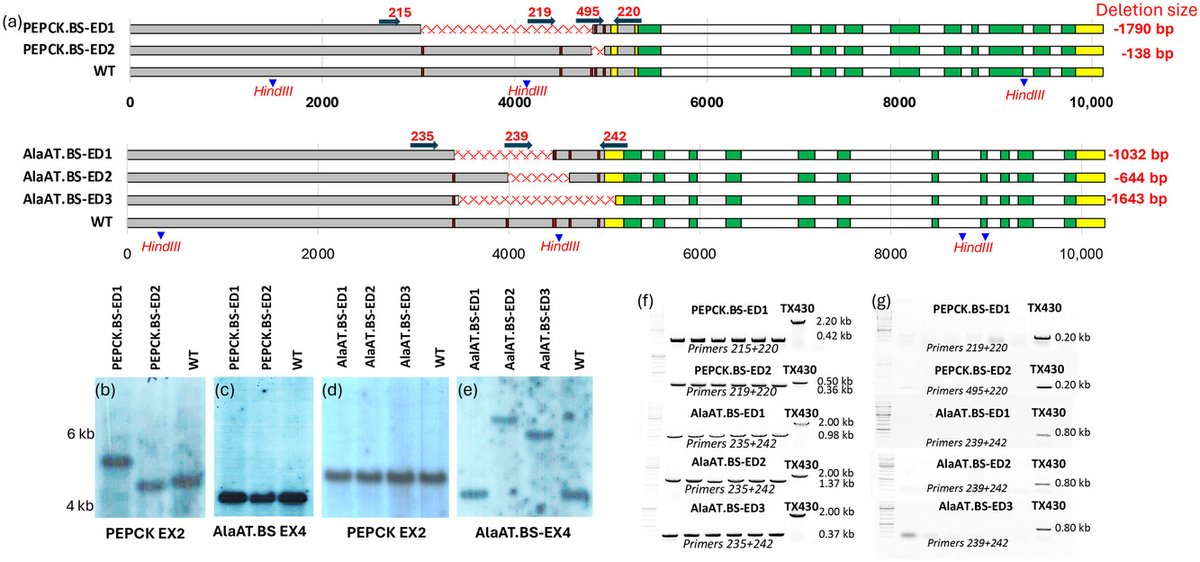
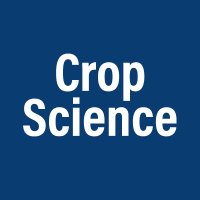


CABBI researchers at University of Nebraska-Lincoln introduced genome editing reagents into sorghum to delete segments of DNA within regions that control expression of 2 genes involved in #photosynthesis. The outcomes can inform editing strategies to modulate the expression of selected gene models.


It's finally happening! After multiple rainouts and a redesign of our whole planting workflow, our nearly 1,000 line sorghum diversity panel in going into the ground today! Big thank you to CHIDANAND ULLAGADDi, Kyle Linders, Jonathan Turkus +our outstanding Nebraska Agronomy and Horticulture farm crew!


Planting of the Schnable Lab SbDiv 2025 sorghum field is completed! This 2,438 plot field was the toughest field I worked with due the small plot size (1-row wide and 7.5ft long). However, CHIDANAND ULLAGADDi, Kyle Linders, the UNL AgHort farm crew, and I succeeded!










